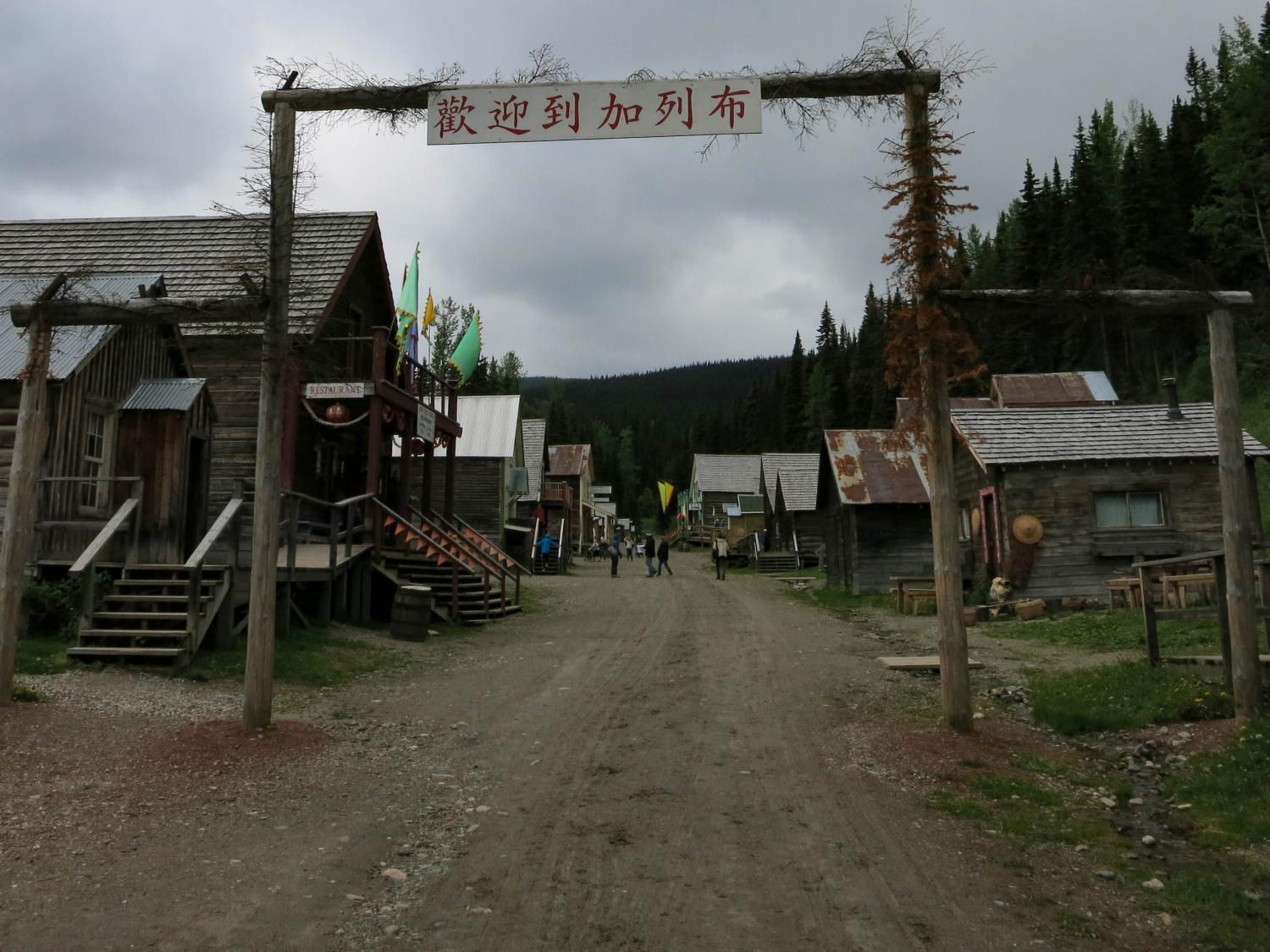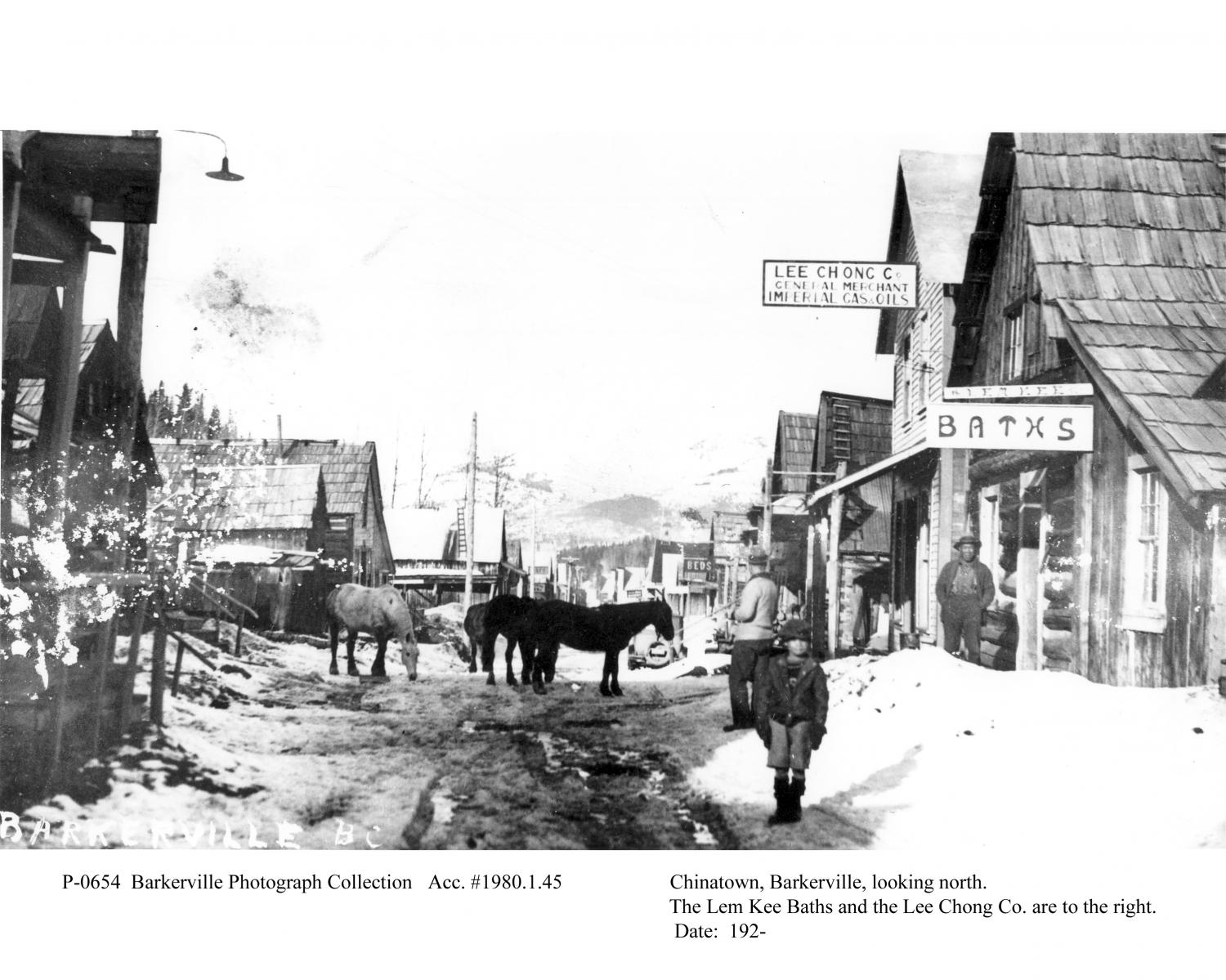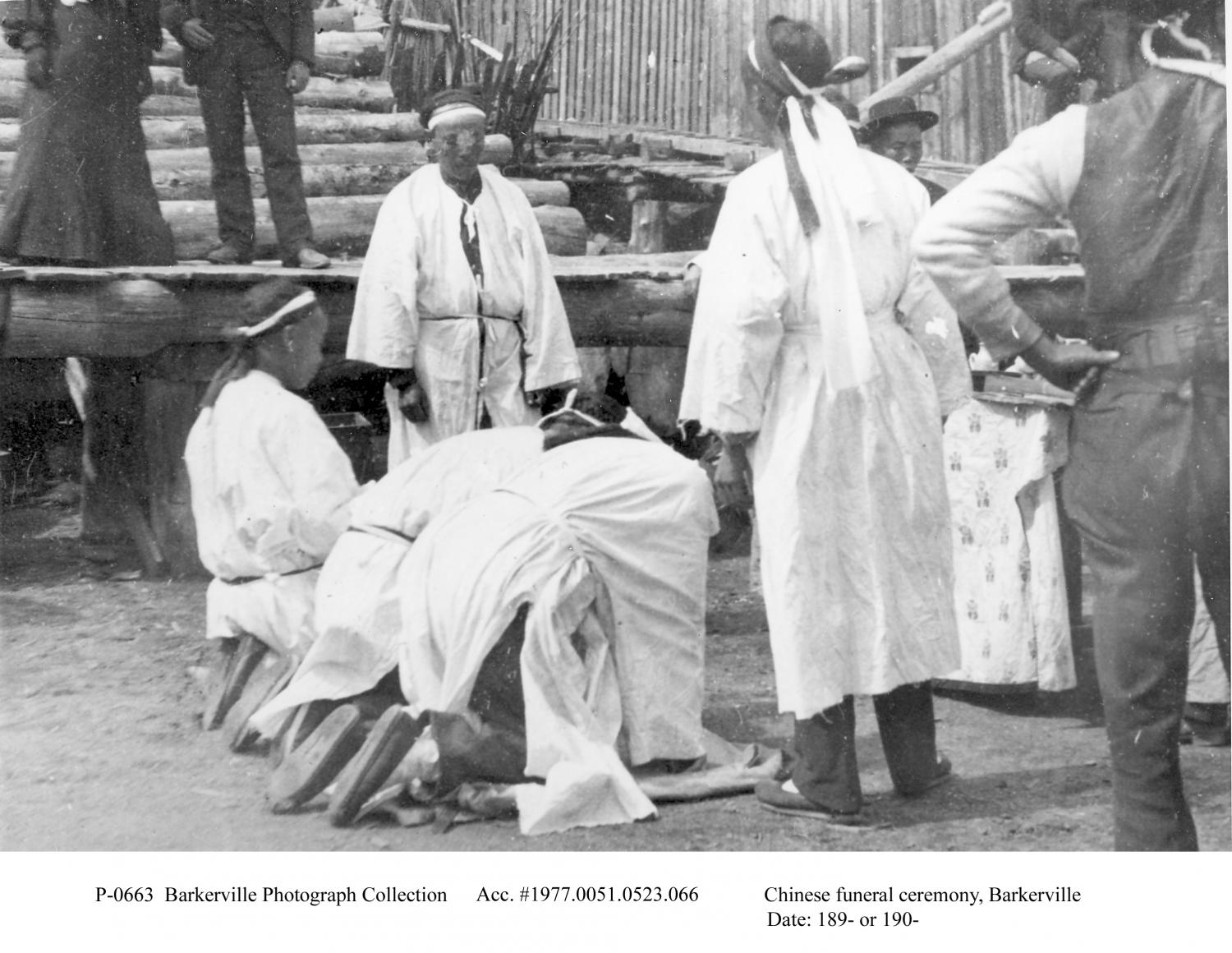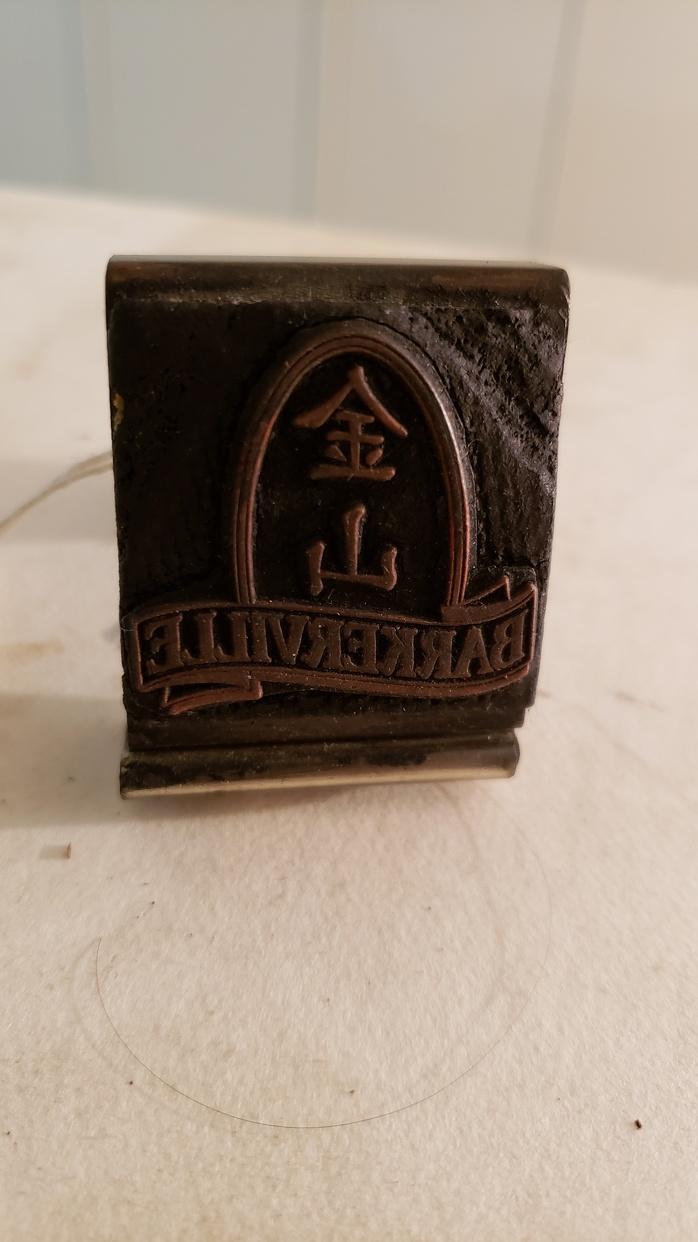Barkerville's Chinatown
Thousands journey from China in search of “Gold Mountain”
Date: 1862
British Columbia’s Cariboo Gold Rush attracted fortune-seekers from all over the world — but not everyone arrived on equal footing. Those who came from China soon found that not only were they not wanted, but local authorities would actively hamper their attempts to strike it rich. Despite the odds, many still prospered.
As soon as news of gold discovered in B.C.’s Interior reached the Pearl River region of China in the early 1860s, thousands of men travelled to B.C. Many dubbed this exciting new land “Gum San” or “Gold Mountain.” At its peak, Chinese immigrants represented roughly half of the population of Barkerville, the centre of the Cariboo Gold Rush. But Chinese prospectors were only allowed to search for gold on sites previously abandoned by their white counterparts. Despite this disadvantage, the Chinese community in Barkerville thrived, and one of Canada’s first Chinatowns was born.
Chinese immigrants ran grocery stores, restaurants, hotels and tea rooms. Some owned ranches, pack trains and small agricultural operations. One Chinese-run company did exceptionally well. During the gold-rush years, Kwong Lee & Co. became a major commercial presence in Barkerville, Victoria and other booming towns. Many general stores looked to Kwong Lee & Co. for everything from rice and tea to apparel and prescription drugs.
Barkerville’s Chinese population formed several community organizations to support Chinese residents and facilitate communication with their families back home. Culture and entertainment weren’t neglected either. In 1872, Barkerville’s Chinese immigrants organized two Chinese-language operas. And when B.C. governor Anthony Musgrave visited Barkerville in 1869, the Chinese community erected an arch at the entrance of Chinatown to welcome him.
As the gold-rush heyday came to an end in the late 1860s, many Chinese residents returned to Asia. Others settled in pockets throughout the province, where their entrepreneurial spirit flourished. But a few continued to search for gold in the Interior. Eventually, a group of Chinese miners struck it rich in 1885 near Lillooet, pulling approximately $7-million worth of gold from the ground.
Sources:
1. Barkerville Rich in History. The Province, 26 June 2012, theprovince.com/news/barkerville-rich-in-history.
2. “Chinese Immigrants.” Cariboo Gold Rush, Royal B.C. Museum, 1998, www.cariboogoldrush.com/people/chin.htm.
3. “The Chinese in Lillooet.” Golden Miles of History, Lillooet, lillooet.ca/Recreation-Activities/Golden-Miles-of-History/The-Chinese-in-Lillooet.aspx.
4. Chow, Lily. Blossom in the Gold Mountains. Catlin Press, 2018.
5. Chow, Lily. Chasing Their Dream. Catlin Press, 2000.
6. Chow, Lily. Sojourners in the North. Caitlin Press, 1996.
7. Forsythe, Mark, and Greg Dickson. The Trail of 1858: British Columbia's Gold Rush Past. Harbour Pub., 2007.
8. Gold Mountain. Province of British Columbia, www2.gov.bc.ca/gov/content/governments/multiculturalism-anti-racism/chinese-legacy-bc/history/gold-mountain.
9. History of Canada's Early Chinese Immigrants. Library and Archives Canada, www.bac-lac.gc.ca/eng/discover/immigration/history-ethnic-cultural/early-chinese-canadians/Pages/history.aspx.
10. Zhao, Li. Barkerville: the Chinese Gold Rush. Radio Canada International, 2 May 2019, www.rcinet.ca/en/2019/05/02/barkerville-the-chinese-gold-rush/.





